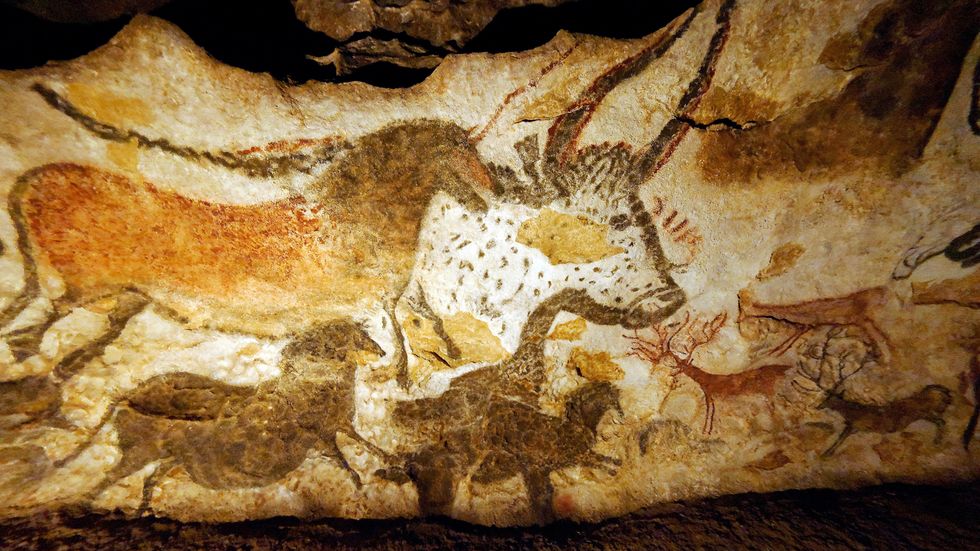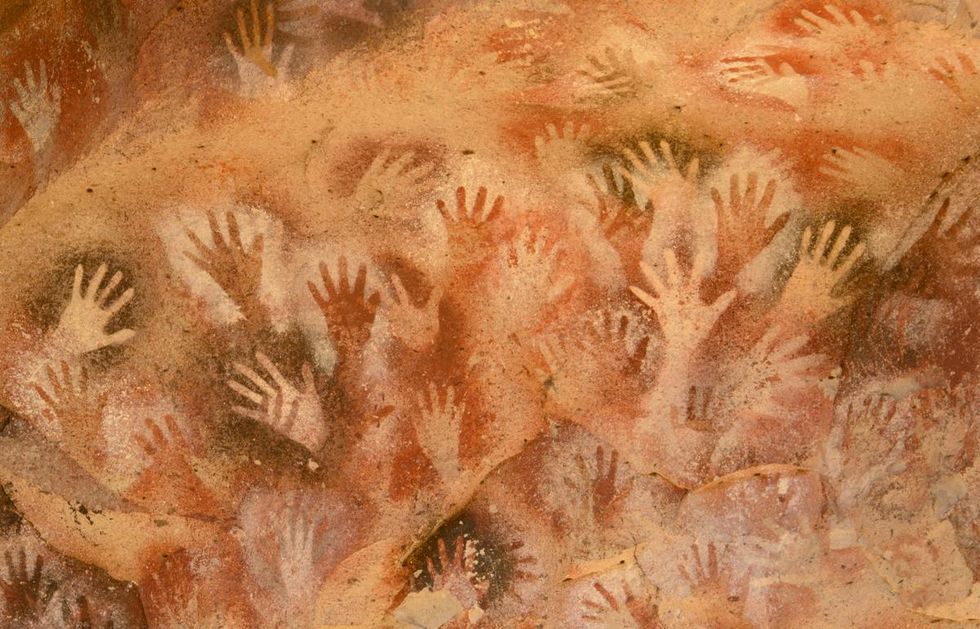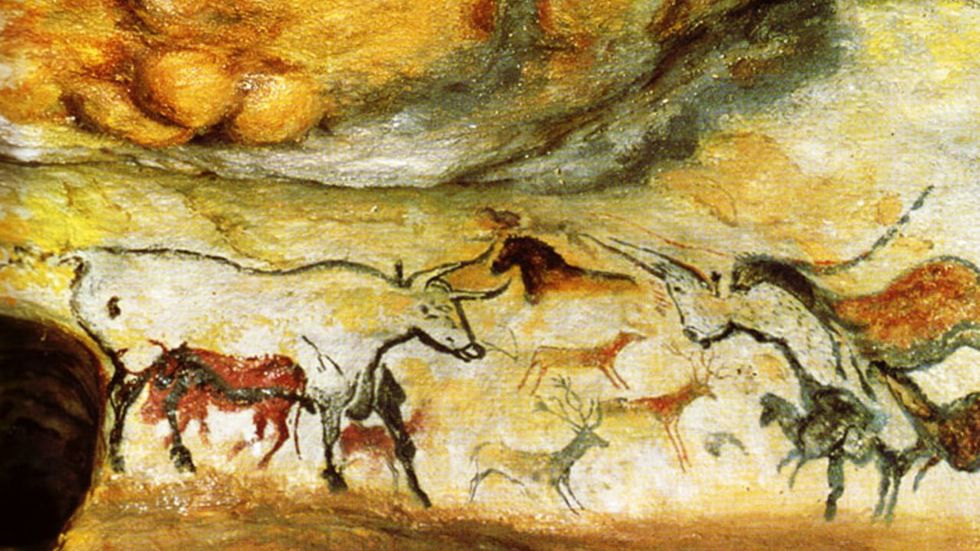Picture the average American football field. Imagine the dome closed, the entire stadium covered in bulletins, flyers and any other form of advertisement possible -- full of bright colors. Every single one is there for a reason: to communicate a message.
Now imagine it unlit and underground.
In September of 1940, a group of high school students were hiking through the woods of Southwest France when one of them discovered a mysterious entrance to a cave. After digging out a clear path, they ventured into the Earth's crust, rediscovering a piece of ground-breaking world history.
The Lascaux Caverns are a series of underground caves and are commonly noted as the prehistoric Sistine Chapel. Before it was stumbled upon in 1940, the caves had remained unknown for over 17,000 years. Covered from floor to ceiling in paintings, the caverns pose questions for people of every scholastic and occupational level.
Let's put this into perspective: Place yourself in front of a cave 17,000 years ago. Not only did these Cro-Magnon homo sapiens have the drive to venture into a pitch black cavern maze, but they also used various chemicals and substances to express themselves with no form of light outside of a possible torch.
At first, one may think nothing of it, that it's just another archaeological discovery. However, the caves provide so much insight as to how we as humans have developed over thousands of centuries, physiologically and mentally.
They're filled with images of animals (mythological and realistic), crosses, flowers, stars, and handprints. Curiously enough, there are not many human figures included in the pictures.
As a Mass Communications major, I can't help but marvel at the complexity of communication itself. We may be the only species to develop written and spoken language, but we certainly are not the only species that communicates.
While opposable thumbs may make us unique, we also hold the power to communicate through something so diverse, yet so universal: art.
Cro-Magnon homo sapiens left no evidence of written language, yet they told so much through symbols.
For tens of thousands of years, these caverns were left completely preserved, until they were opened to the public. Unfortunately, the change in oxygen concentration and overall temperature of the caverns cause the artwork to erode.
An exact replica of the cave was created and opened for tourism in order to close and preserve what was left of the actual site.
The thought of these caverns, something so profound and full of timeless information about human existence being so destroyed so easily is devastating. If you've ever faced an existential crisis (if you haven't you're probably lying), you've wondered what the purpose of human existence is.
No one has a set answer, so what's the harm in trying to leave a piece for the future to find?
Prehistoric artists likely had no idea. To them, it was something to do, a form of visual communication and physical entertainment. To us, it's a reminder.
We may think the things we create are only of use to us (if even that). We never know when it's the start of something legendary or how many doors it may open for future generations who will be left asking why we chose to paint or not paint a certain figure on a wall.
If they could do it, we can do it.
Without communication, a species could not exist. We all speak in different tongues -- humans have so many forms of written and oral language that without art, we may never get through to one another. Be it music, painting, pictures, body language, poems, videos, words of encouragement, social media, etc., we are all capable of leaving our mark on this world.
How will you do it?

















